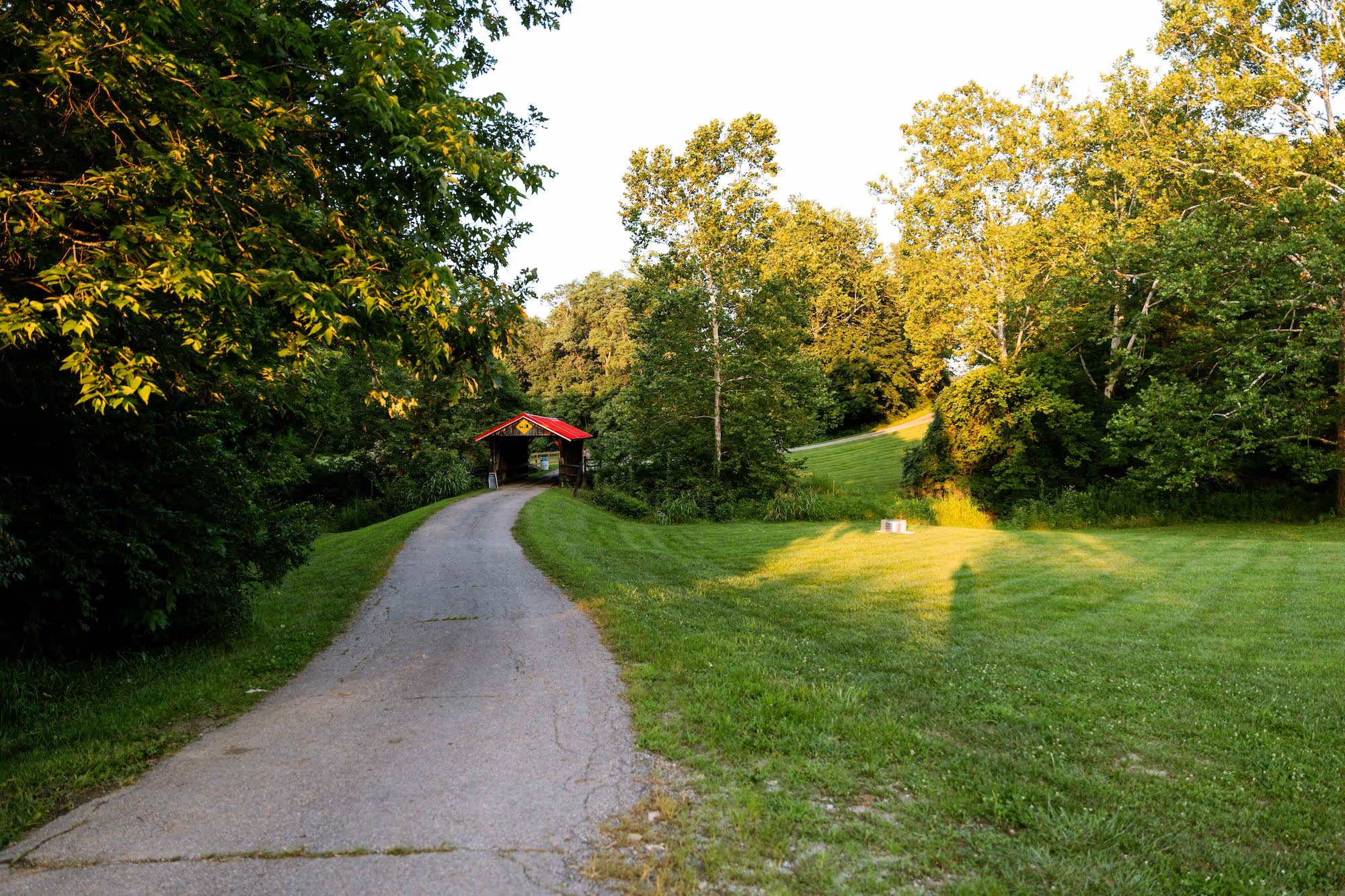Behind the Scenes: A Day in the Life of a Lebanon Orchard Farmer

October 2, 2025

The day begins before the sun crests over the rolling hills of Lebanon, Ohio, where orchard farmers greet the morning with both anticipation and grit. The cool air carries the scent of damp soil and apple blossoms, a reminder of the delicate balance between nature’s gifts and human stewardship. Orchard farming here is more than just a livelihood; it’s a tradition that blends hard work, family values, and a deep respect for the land.
Hidden Valley orchards have long been a hub of seasonal abundance, producing apples, peaches, and berries that draw families from across the region. Whether it’s cider donuts in the fall or baskets of crisp apples ready for picking, every treat starts with a farmer’s daily labor. Let’s step behind the scenes and see what a typical day looks like in the life of a Lebanon orchard farmer.
Morning Routine at a Lebanon, Ohio Orchard
The day starts early, often before sunrise. Farmers first check soil moisture, irrigation systems, and weather forecasts, knowing that a few hours of morning conditions can shape the health of an entire crop. Walking row by row, they inspect trees for signs of stress, pests, or budding fruit.
Pruning often begins in these quiet hours. Orchardists carefully trim branches to allow for sunlight penetration and air circulation, which are crucial to preventing disease. Fertilization is another morning task, often involving natural compost or manure to enrich the soil without relying heavily on chemicals.
By mid-morning, the orchards are alive with activity: tractors preparing rows, workers spreading mulch, and sometimes, school groups or early customers arriving for a farm visit. While visitors may see only a peaceful orchard, every detail, the angle of a pruned branch, the balance of water in the soil, represents hours of unseen labor.
Midday Farming Operations and Challenges
As the sun rises higher, orchard farmers shift to the more intensive tasks of the day. Pest management is a constant priority. In Lebanon, Ohio, where high humidity can encourage the growth of pests and fungi, farmers balance sustainable methods, such as pheromone traps and the use of beneficial insects, with minimal pesticide use.
Technology plays a growing role. Modern farmers use tools like soil sensors and small greenhouse tunnels to extend growing seasons. Still, tradition remains important; many farmers rely on generational knowledge, passed down from parents and grandparents, about how to “read” the trees and adjust care accordingly.
Challenges are never far away. An unexpected frost can ruin blossoms. Heavy rains can lead to soil erosion. And like all small farmers, Lebanon orchardists face economic hurdles such as fluctuating fruit prices, rising costs for equipment, and competition with large-scale farms.
Yet resilience defines the orchard community. Each challenge is met with adaptability, ensuring that the next harvest will still thrive.
Family and Community Life in Orchard Farming
Behind every successful orchard is a family. In Lebanon, many orchards remain family-owned, with multiple generations working side by side. Children often grow up learning how to prune, pick, and sell produce at the farm stand, carrying forward traditions rooted in local soil.
Community also plays a central role. Farmers collaborate on markets, share resources like equipment, and support each other during tough seasons. Local festivals, such as fall apple festivals, become not only economic opportunities but also celebrations of community pride. Check out our upcoming events at Hidden Valley Orchard.
As one local farmer put it: “We don’t just grow apples, we grow memories for families who visit year after year.”
Seasonal Highlights and Harvest Time
Seasonality defines orchard life in Lebanon. Spring brings blossoms and the promise of fruit, while late summer and fall mark the peak of harvest.
- Apples: The hallmark of the region, harvested from late August through October.
- Peaches: Sweet and juicy, filling markets in late summer.
- Berries: Strawberries and blackberries often mark the early season.
Harvest is a mix of science and ritual, timed by ripeness, weather, and tradition. Families and seasonal workers often join in, making harvest time both labor-intensive and joyful. For visitors, it’s the season of hayrides, cider pressing, and pumpkin patches, but for farmers, it’s the culmination of months of effort.
Sustainable Practices and Future Outlook
Lebanon orchard farmers are increasingly focused on sustainability. Organic composting, crop rotation, and regenerative practices help protect the soil for future generations. Some orchards are experimenting with drip irrigation to conserve water and reduce runoff.
Training and innovation are also shaping the future. Farmers attend workshops on greenhouse upgrades, grafting techniques, and natural pest control, ensuring orchards remain productive and resilient.
Looking ahead, local orchardists hope to strengthen climate resilience and secure economic stability through agritourism, direct-to-consumer sales, and stronger branding of Ohio-grown produce.
FAQs About Lebanon Orchard Farming
How long is a typical workday for an orchard farmer?
During harvest season, days can stretch from dawn until dusk—10 to 12 hours of physical labor.
What fruits are most commonly grown in Lebanon orchards?
Apples dominate, but peaches, berries, and pumpkins are also key crops.
How do farmers manage water usage sustainably?
Many orchards rely on drip irrigation and rainwater collection to reduce waste.
What are the common challenges faced by orchard farmers in Lebanon?
Weather unpredictability, pests, soil erosion, and fluctuating fruit prices are the top concerns.
Conclusion
Life on a Lebanon, Ohio, orchard is defined by early mornings, long hours, and the unwavering commitment of families who nurture both the land and their community. Every apple picked and every pie baked begins with the care of a farmer whose work often goes unseen.
By visiting local orchards, buying directly from farm markets, or simply enjoying seasonal fruit, you’re supporting not just agriculture, but a way of life rooted in tradition, resilience, and heart.
Next time you bite into a crisp Ohio apple, take a moment to appreciate the farmer’s day that made it possible.
